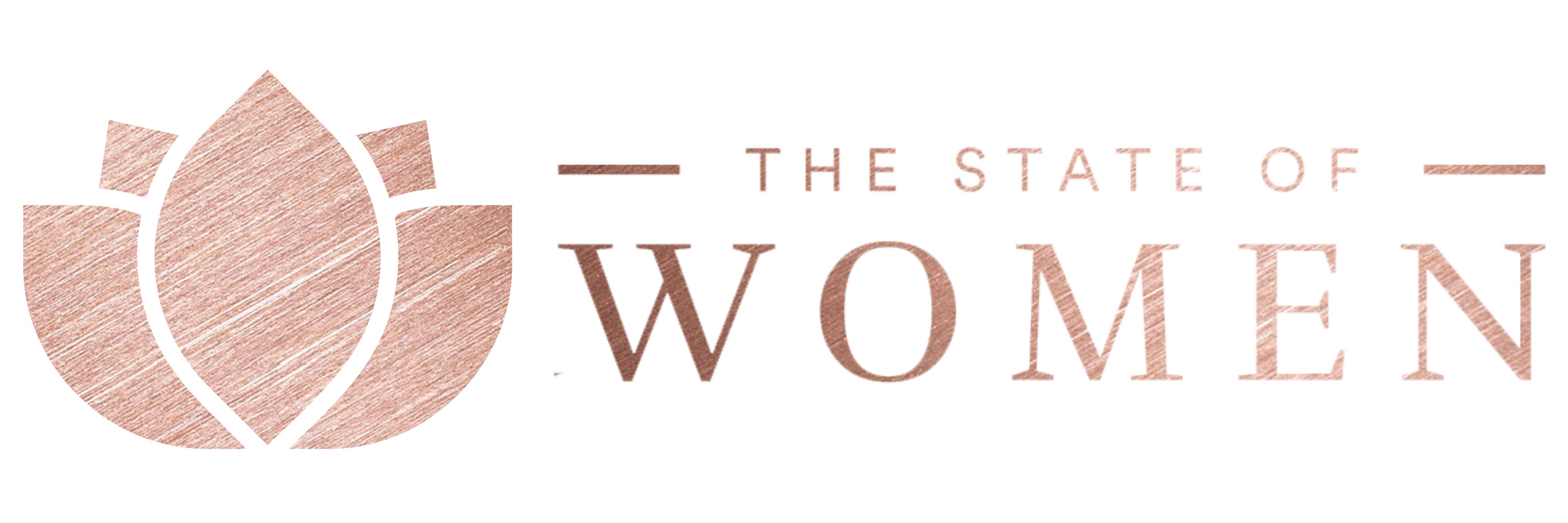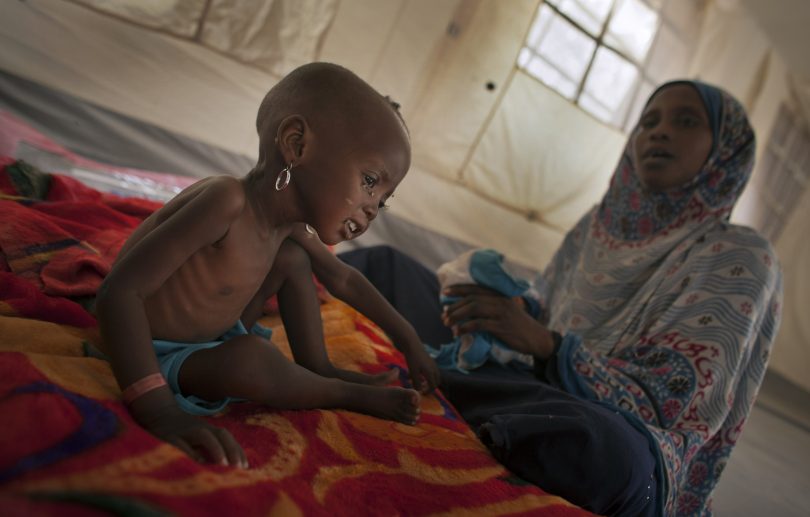This article originally appeared on the Women & Girls Hub of News Deeply, and you can find the original here. For important news about issues that affect women and girls in the developing world, you can sign up to the Women & Girls Hub email list.
By Steve Godfrey
The U.N.’s Sustainable Development Goals make up an ambitious new agenda. But Steve Godfrey of the Global Alliance for Improved Nutrition writes that unless there is investment in improving the nutritional health of women and girls, many of the goals will never be realized.
The Agenda 2030 and the Sustainable Development Goals adopted last year during the 70th U.N. General Assembly set a new course for nutrition and human development. For the first time, the international community is committed to “ending malnutrition in all its forms,” as opposed to “halving” malnutrition, as stated in the Millennium Development Goals. This means that we have the opportunity to improve the health and lives of an estimated 800 million people who remain undernourished and of the billions of people who suffer from micronutrient deficiencies or obesity. It is a radical new agenda.
Women and young children are often those most affected by the negative consequences of undernutrition. Around half of all pregnant women in developing countries are anemic, which contributes up to 20 percent of all maternal deaths. In many developing countries, women and girls traditionally eat last and have lower quality food, which often leads to poorer nutritional intake. And when a crisis hits, women are generally the first to sacrifice their food consumption to protect the health of their families.
Women account for over 40 percent of the world’s labor force. Yet malnutrition, including micronutrient deficiencies, can diminish women’s earning power through low energy levels, illness and increased absence from work. It is estimated that tackling anemia alone could lead to increased productivity of up to 17 percent.
Moreover, many adverse health outcomes associated with malnutrition are determined by the health and nutritional status of women and adolescent girls. Without the proper nutrients from pregnancy through to the age of 2 – the critical 1,000 days – infants suffer long-term health and economic consequences. Poor nutrition before and during pregnancy is a major determinant of stunting – meaning that a child does not reach its full potential height – which also has lifelong effects on physical and mental development. Currently, a little less than 160 million children are stunted globally.
At the same time, women are leaders in the fight against malnutrition. First, supporting women to breastfeed exclusively for the first six months of a child’s life, and to continue breastfeeding along with adequate complementary foods until at least age 2, is the best nutrition intervention for mothers and their babies. Breast milk provides the essential nutrients needed for healthy development, as well as the antibodies that help protect infants from common childhood illnesses such as diarrhea and pneumonia, the two primary causes of child mortality worldwide. Exclusive breastfeeding, where this is possible, is also beneficial to the mother and is known to reduce risks of breast and ovarian cancer later in life.
Second, women are the world’s primary food producers. Giving women farmers more resources could bring the number of hungry people in the world down by 100-150 million people. What’s more, when women have greater control over household income, they are more likely to prioritize spending on nutritious foods, improving nutrition for the entire family.
Finally, focusing on women’s empowerment is considered to be one of the best ways to improve nutrition. Education is a proven and important means of achieving gender equality, the effects of which are felt throughout families and communities. This includes better nutritional outcomes. A 2011 hunger and malnutrition report estimated that mothers with 10 or more years of education were less likely to have underweight or stunted children. Educating girls not only increases their earning potential, but may also delay the age of marriage and childbearing, which has a positive impact on childhood stunting.
Although the numerous links between empowering women and improving nutrition are understood, more still needs to be done to address the specific nutritional problems of women, adolescent girls and young children. The barriers for women in accessing nutritious diets are numerous and encompass the cost and availability of healthy foods, knowledge about nutrition, as well as the social, cultural and regulatory barriers that shape behaviors and markets.
Over the last nine years, GAIN has been working with our partners through a combination of proven interventions – such as the protection and promotion of breastfeeding and appropriate complementary feeding – and novel approaches to promote nutrition-related behaviors.
For example, a program in East Java, Indonesia, in partnership with the Ministry of Health’s Directorate of Community Nutrition, seeks to improve the dietary practices of pregnant mothers and children under the age of 2 years. Understanding what influences women when feeding their children and the barriers they face has been crucial to developing motivational messages that empower women to make healthy choices. We found that the whole community – members, friends and neighbors – needs to be involved, as everyone plays a big role in determining the choices that mothers make about what they and their children eat. One major component of the program is a behavior change campaign called Rumpi Sehat (Health Gossip), which comprises of national TV ads; “Emo-Demos” (emotional demonstrations), community activation designed to provoke an emotional response; social media; and interpersonal communication.
Another example is our project in rural Rajasthan, India, where women’s groups have been trained to produce fortified blended foods. These foods are purchased by the state’s social welfare program, which then distributes take-home rations to mothers and children. This project is giving tens of thousands of women access to nutritious complementary foods for their babies, aged 6 to 23 months, which are needed in addition to breastmilk. Currently, similar women’s groups are being set up in the Indian states of Karnataka and Bihar.
Adequate nutrition is important for women not only because it helps them be productive members of society, but also because of the direct effect maternal nutrition has on the health and development of the next generation. Maternal malnutrition’s toll on maternal and infant survival prevents countries from achieving most of the Sustainable Development Goals. While there is no silver bullet or single model to follow, putting women and children at the heart of tackling malnutrition is the right thing to do, a core investment for the success of the Sustainable Development Goals.
The views expressed in this article belong to the author and do not necessarily reflect those of Women & Girls Hub.



